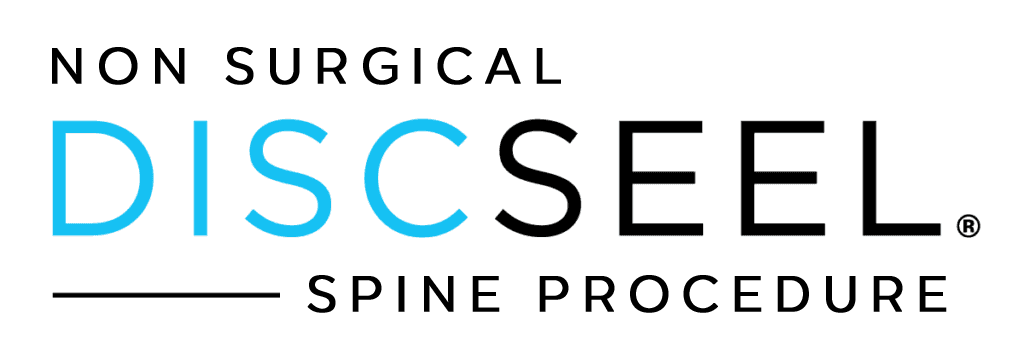Jacksonville Woman Finds Olympic Relief for Back Pain
Sarah Johnson*, a 45-year-old physical education teacher from Jacksonville, Florida, found herself at a crossroads similar to an Orlando resident who recently discovered innovative back pain treatment. While watching the U.S. women's basketball team compete for their eighth consecutive Olympic gold medal, Sarah reflected on her own battle with chronic back pain and her journey into understanding advanced biological treatments, including stem cell therapy.
Stem cells, Sarah learned, are the body's raw materials - cells from which all other specialized cells are generated. In medical therapy, these cells can be guided into becoming specific cells that can help repair diseased or damaged tissues. This revelation came during her extensive research into alternative treatments, including reading about success stories like those from Daytona Beach.
Through her research on the Neios Discseel website, Sarah discovered that stem cell therapy could be combined with other biological treatments. The therapy involves harvesting stem cells from the patient's own body, typically from bone marrow or adipose tissue, then processing and reinjecting them into the affected area. Unlike traditional treatments that often mask symptoms, stem cell therapy aims to repair and regenerate damaged tissue.
Sarah was particularly intrigued by how stem cells work in conjunction with other biologics. These cells can differentiate into various cell types needed for healing, while also releasing growth factors that reduce inflammation and promote tissue repair. The treatment's natural approach aligned perfectly with her desire to avoid more invasive procedures.
After consulting with specialists, Sarah learned about the different types of stem cell treatments available. Autologous stem cell therapy, using one's own cells, minimizes rejection risks. Allogeneic stem cells, from donors, offer another option. The procedure itself is minimally invasive, typically performed on an outpatient basis, with recovery times varying based on the specific treatment protocol.
The potential benefits of stem cell therapy became clear to Sarah: reduced inflammation, accelerated healing, and the possibility of avoiding surgery. However, she also learned about important considerations: not all conditions respond equally to stem cell treatment, results can vary among patients, and multiple sessions might be needed for optimal outcomes.
Sarah's recovery journey included a combination of stem cell therapy and specialized biological treatments. Within six months, she experienced significant improvement in her mobility and reduction in pain. The comprehensive approach allowed her to gradually return to activities she loved, including light sports and coaching.
For readers considering stem cell therapy, it's crucial to understand that this treatment represents part of a broader approach to regenerative medicine. Success often depends on factors like the specific condition being treated, overall health, and commitment to post-treatment care. Consultation with qualified medical professionals, thorough research, and realistic expectations are essential steps in the decision-making process.
Today, Sarah watches Olympic athletes with renewed appreciation, understanding that advanced medical treatments like stem cell therapy are helping not just elite athletes but everyday people reclaim their active lives. Her story serves as a testament to the evolving landscape of regenerative medicine and its potential to transform lives through natural healing processes.
Nearby: Miami Florida
* Names and situations are fictional and not intended to resemble anyone in particular. They are illustrative of how the services can apply to the lives of every day people living ordinary lives. Nothing in this page is intended as medical advice and anyone seeking medical advice should book a meeting to consult in-person with a doctor.
